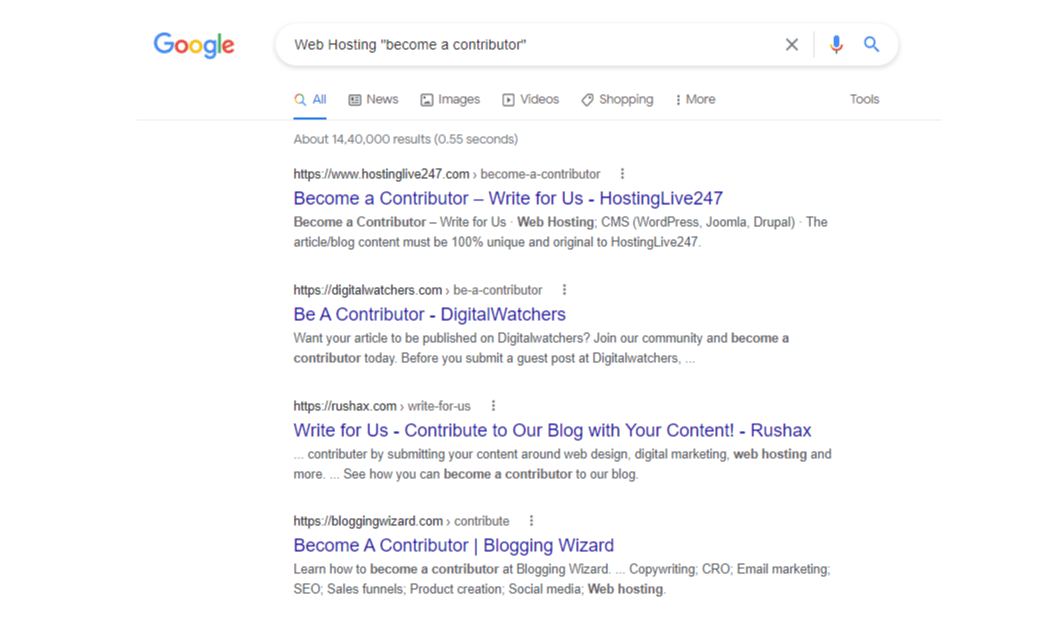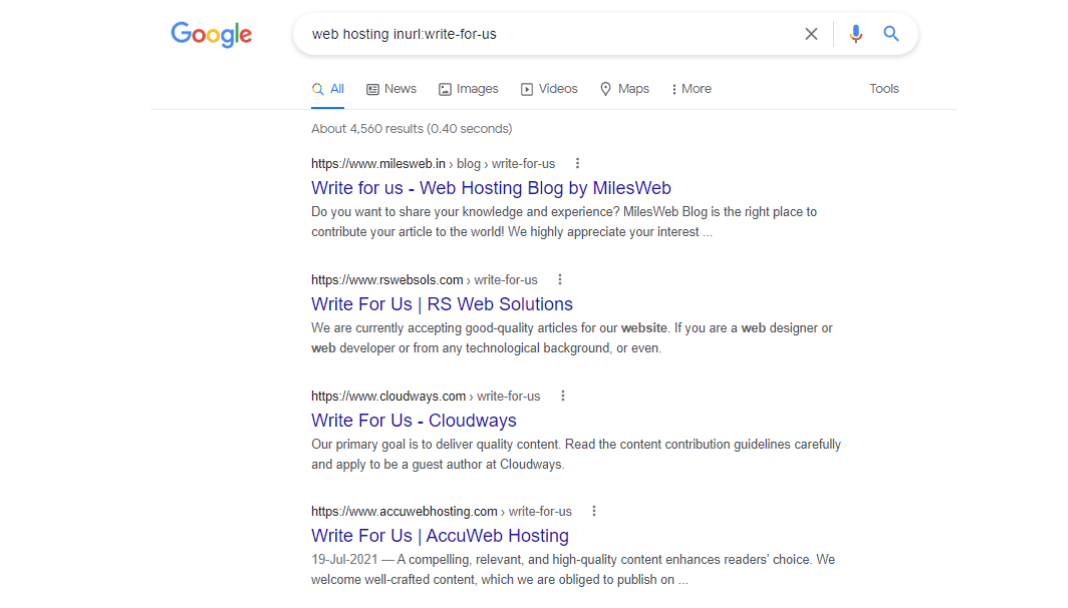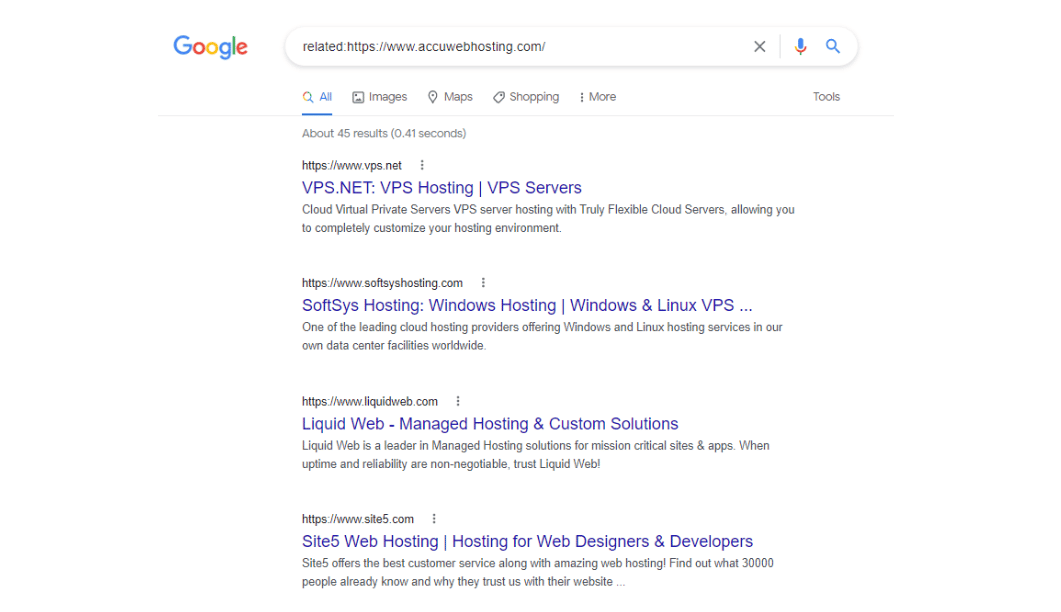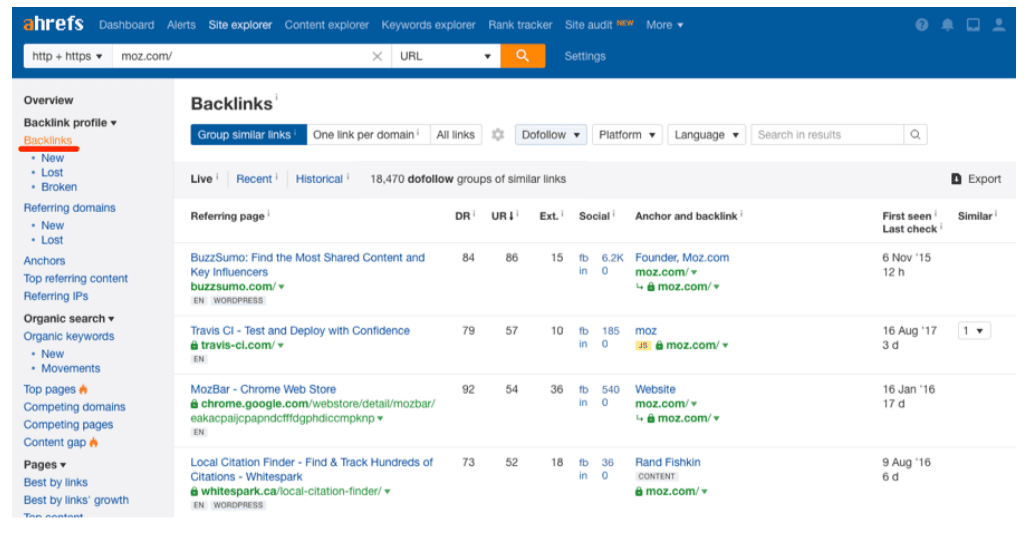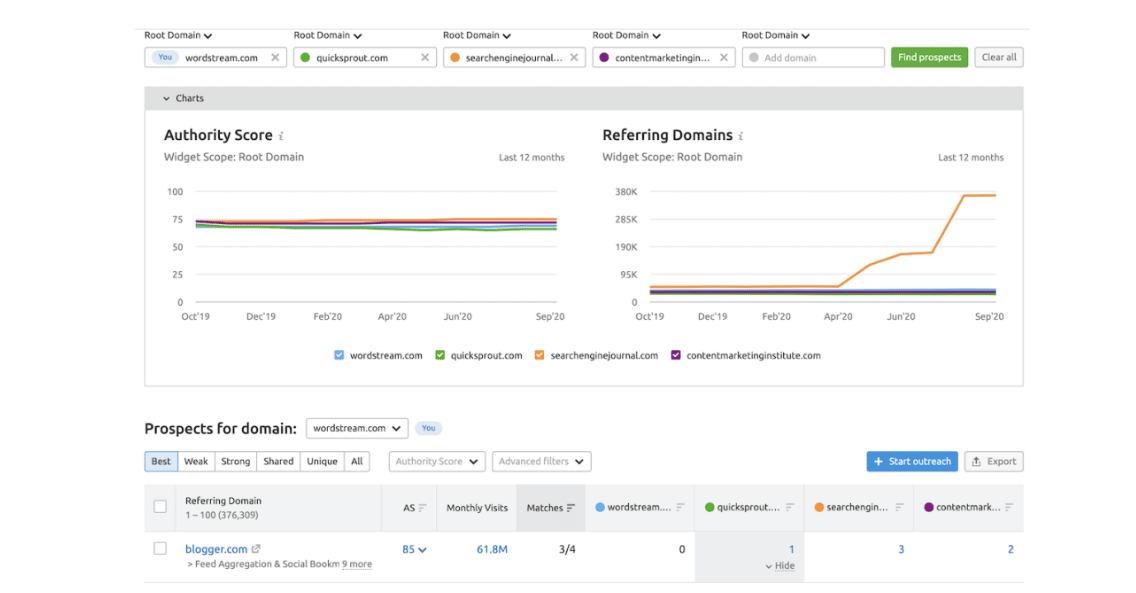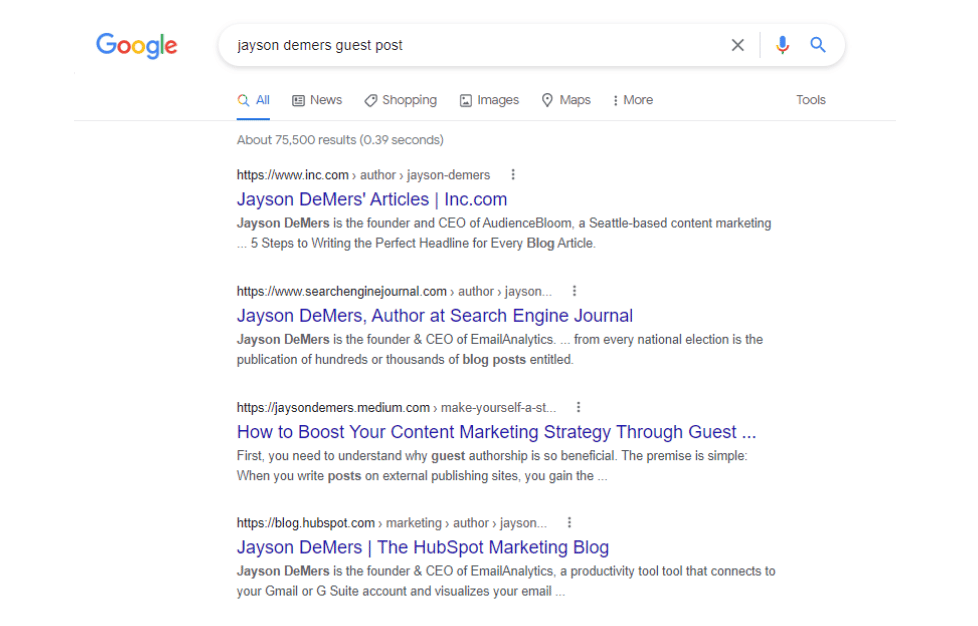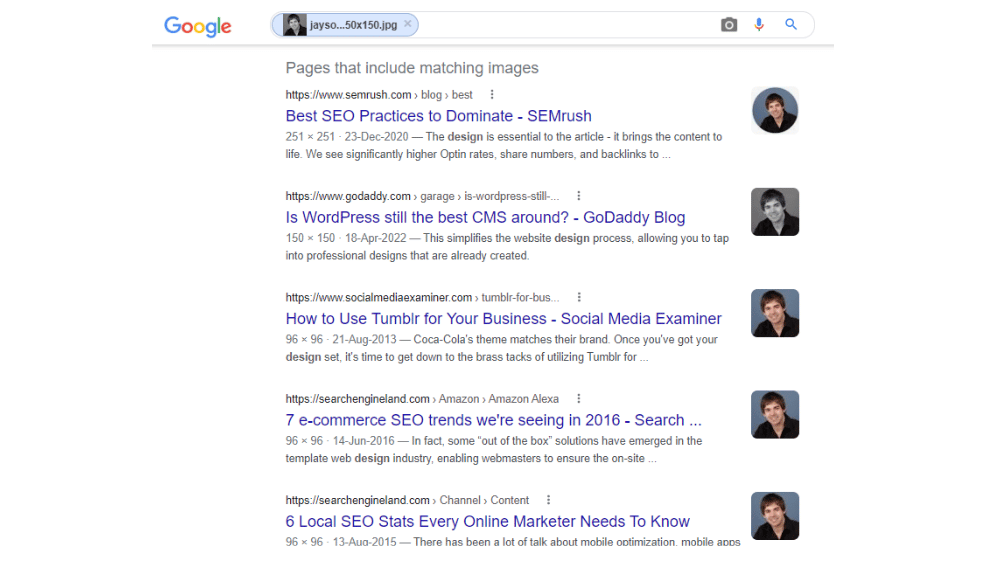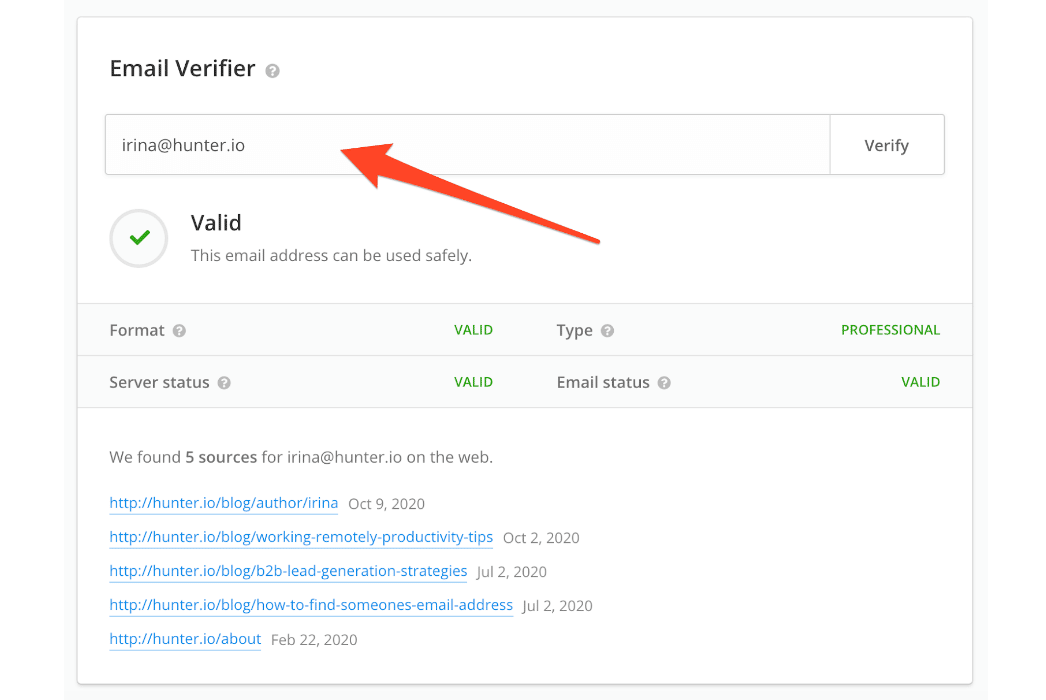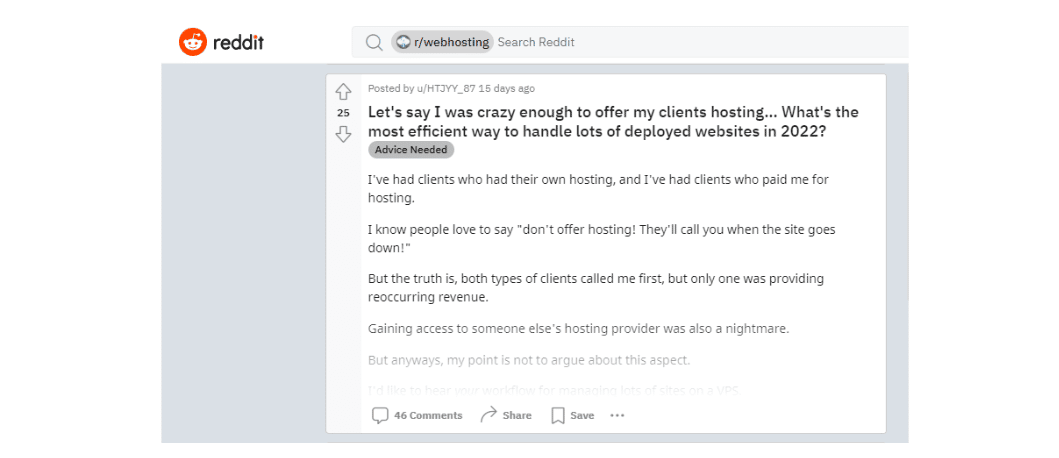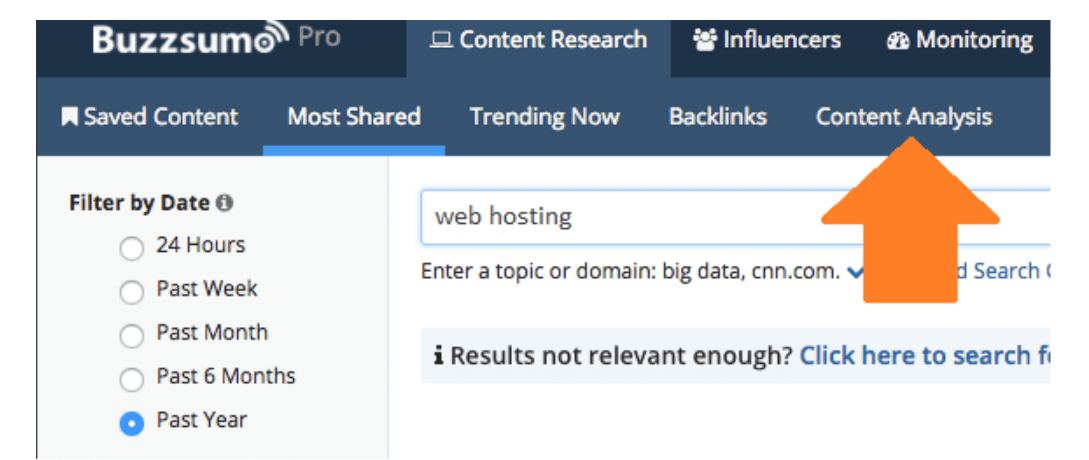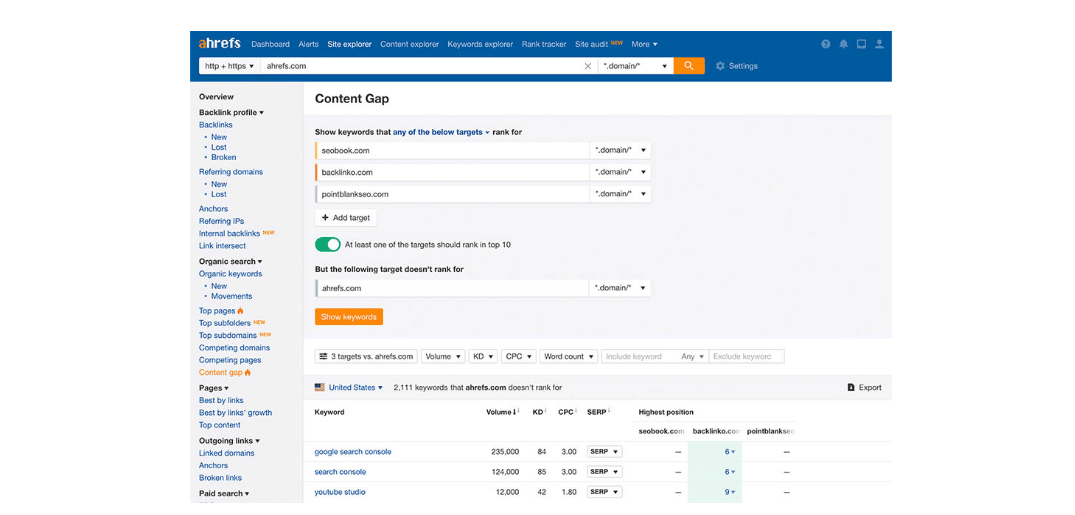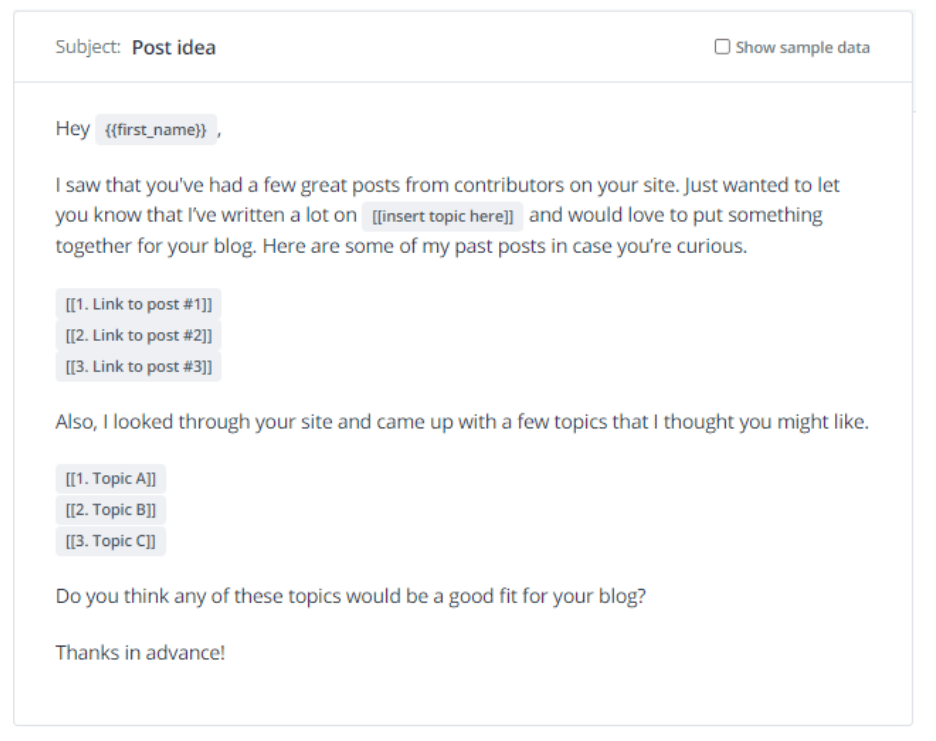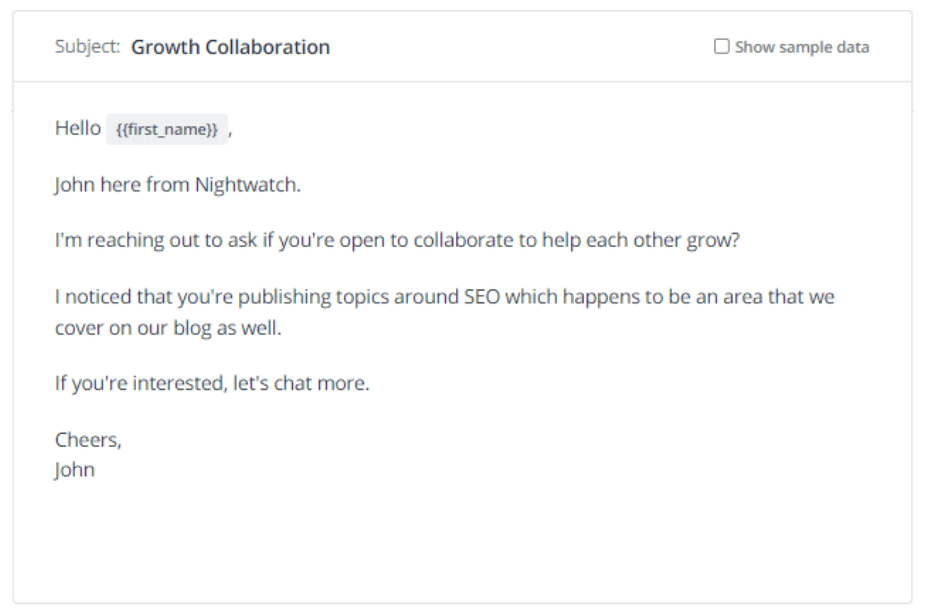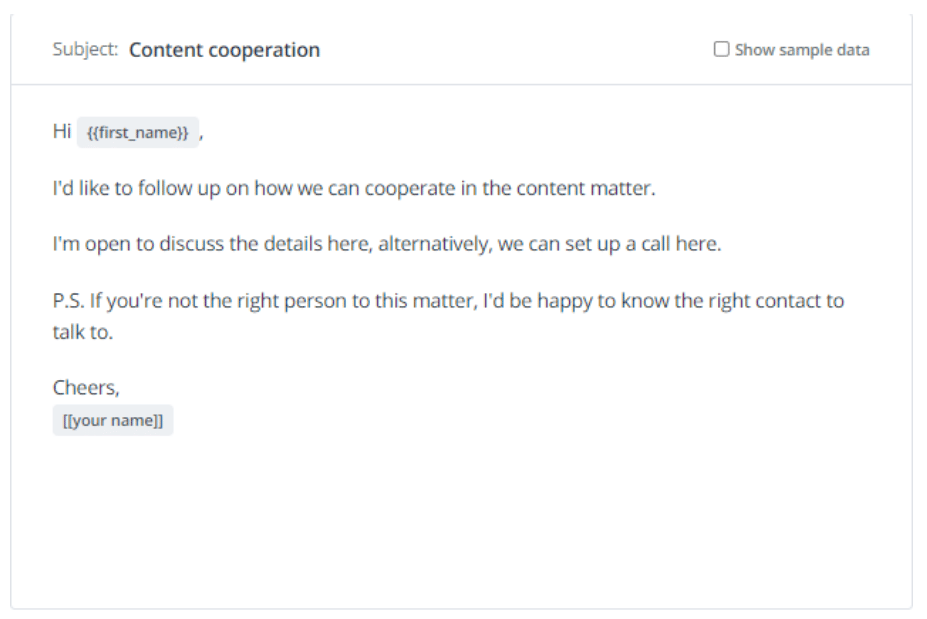When it comes to inbound marketing strategies, guest posting isn’t exactly the new kid on the block. It improves brand awareness, earns backlinks, and can bring in up to 3x more leads close to conversion. Most marketers are aware of the value that consistent and value-driven guest posts deliver in terms of both reach and reputation. That’s probably why it’s getting increasingly difficult to land placements on reputable, relevant blogs.
As recently as 2021, 44 percent of B2B buyers were consuming 3-5 pieces of content before making purchase decisions, making it all the more important to spread out content across multiple platforms. We’ve created an 8-step guide that doesn’t just steer you through the process of landing a placement, but also shows you how to scale it to land multiple placements to save valuable time and effort.
1. Find potential websites that accept guest posts
The very first thing you need is a database of quality blogs in your niche that accept guest posts. You might have a smaller list in place already—of blogs you read regularly or have collaborated with in the past, but here are a few ways to expand it:
-
Method 1: Use Google search operators
An exact match operator lets you specify terms that you want to see word-for-word in the results. You can use it to find websites that use alternative phrases like “become a contributor” or “write for us” instead of ‘guest blog’ and hence, don’t show up (in the first few pages or at all) in normal search results.
The inurl search operator does something similar, but it targets the URL instead of the page text. All you have to do is type in the niche alongside the words inurl:[keyword].
You can also find similar blogs to the ones you’ve found by searching for related:[website].
-
Method 2: Reverse-engineer competitors
With tools like Ahref’s Site Explorer or Semrush’s Backlink Gap feature, you can find out which blogs help your competitors generate their backlinks.
Source: Ahrefs
Source: Semrush
If you don’t have access to these premium tools, you can also use Ahrefs’ free backlink checker.
-
Method 3: Look up popular authors
If you’re aware of any frequent bloggers in your niche, you can search for guest posts they’ve published by running a simple search.
You can also use their author headshot and do a Google reverse image search to find blogs they’ve written for that might not openly solicit guest posts.
2. Identify decision-makers
Most blogs that accept guest posts have a dedicated ‘Write for us’ or ‘Contribute’ section that makes it easy to send in pitches. But if they don’t, or you haven’t received a reply even after follow-ups, the company website, and a secondary check on LinkedIn should be enough to direct you to their:
- Chief Marketing Officer,
- Head of Content, or
- Editor
These designations and profiles can differ from company to company, according to the industry, culture, and size, so it’s always wise to ask to be redirected to the right person early on in your correspondence.
While you’re making a list of key decision-makers, you can also try to identify the gatekeepers (usually the second-in-chief) associated with them in case they prove difficult to contact.
3. Building a relationship with prospects before initial outreach
Being a people-pleaser is practically part of the job description when doing cold outreach, but a lot of professionals that are pressed for time give this step a miss. Editors are people too, and they respond to the basic human principles of courtesy and reciprocation. By following them on LinkedIn and Twitter and engaging with their posts through comments and shares, you can build familiarity. If you want to work with some of them in the immediate future, set up alerts to keep track of their social media and blogging activity.
Don’t just give them empty praise, ask engaging questions that help you make an impression. If they have a newsletter, subscribe to that. Do all this before pitching your article to create a genuine connection and prove that you’re looking for a mutually beneficial partnership, not a handout.
4. Find and verify email addresses/other channels for outreach
Most companies list the email addresses of their employees on their website (and even if they don’t, it’s easy to find an email address). But that’s not the only reason emails are the most obvious choice for contacting a prospect.
Emails are one of the easiest communication channels to track and provide you with important data to determine campaign results. Also, shooting off emails to everyone on your list is a surefire way to send your deliverability rates plummeting. So verifying you’re emailing the right person is a little bit like looking both ways before you cross the road.
It ensures that the email address you’re sending to is valid and functional and keeps your email campaign stats clean.
But if your prospect is proving difficult to reach over email or using sms marketing , you can try reaching out to them over a social media channel (like LinkedIn or Twitter) that they’re active on.
5. Do detailed research for potential guest post topics
There’s a direct correlation between the quality of your topic ideas and the success of your pitch. Editors love straight-from-the-source topics that are in touch with consumer sentiment without being overdone, i.e., having low keyword difficulty. So be prepared to set aside a few hours to scour Quora and sub-reddits for your niche.
You can research content trends by looking at the top-referring content on Ahrefs, or the trending topics on Buzzsumo.
Content-ideation websites like Answerthepublic can instantly generate hundreds of generic topic ideas that can serve as the base for more niche posts.
There’s also the nifty content-gap analysis feature on Ahrefs that lets you find top-ranking keywords unique to your prospect’s competitor.
Source: Ahrefs
You can then study your prospect’s website to know their inclination toward a niche or type of post (listicles, how-to guides, case studies, etc). and combine the topic idea with their preference to come up with a pitch.
6. Create a personal outreach sequence
With cold outreach as with everything else, simple often works best. A concise pitch with an eye-catching opening line and a few guest post ideas is enough in most cases. You can include a personalized greeting too, as well as links to some of your published posts.
Or you can pose your pitch as a collaboration request, like this template here.
But editors, especially those of high-ranking blogs, are flooded with requests for guest posts and you shouldn’t take it personally if yours gets lost in the influx. Send a couple of follow-up emails spaced far enough apart to allow them the time to go through your proposal.
And if you still have no response, you can cut your losses and move on instead of sending too many follow-ups and coming across as pushy.
7. Negotiate with editors
If your content is too promotional, or doesn’t meet the guest blog guidelines, the editor may either scrap it or ask you to pay a fee for the placement, which effectively makes it a sponsored post. If you want to avoid that, aim to provide quality content that passes all the editorial checks.
Your content can offer value to the blog by:
- including internal links to strengthen their SEO and
- highlighting the benefits of their product or service in your post.
Some editors might prefer a cross guest-post collaboration, backlinks, or a freebie (like access to your tool or service) in return.
8. Send the article once it is ready & promote it
You’re not relieved of your duties as guest blogger after your post is published. Social shares can drive valuable organic traffic to the blog. This means that as the writer, it’s an extension of your responsibility to ensure the post’s success by sharing it on all your social media handles.
Editors also appreciate writers that are proactive about responding to comments on the post. If you want to collaborate with them again in the future, it wouldn’t hurt to send them a thank you email a week or two after the publication of the post.
Once you’ve worked with one blog in that niche, you’ll find it easier to land placements on their competitors’ websites. Just make sure to include a link to the published post in your pitch.
Wrap up
We wish we could tell you that guest posting comes with a flip switch that turns on organic traffic, qualified lead generation, and increased revenues all at once. But the truth is that it’s going to take a lot of knocks on a lot of doors before you get where you want to be. Starting out small will let you figure out which blogs have the right readership, how to collaborate with them, and what content to pitch. But once you have, don’t hesitate to scale up your process and speed up your success.


